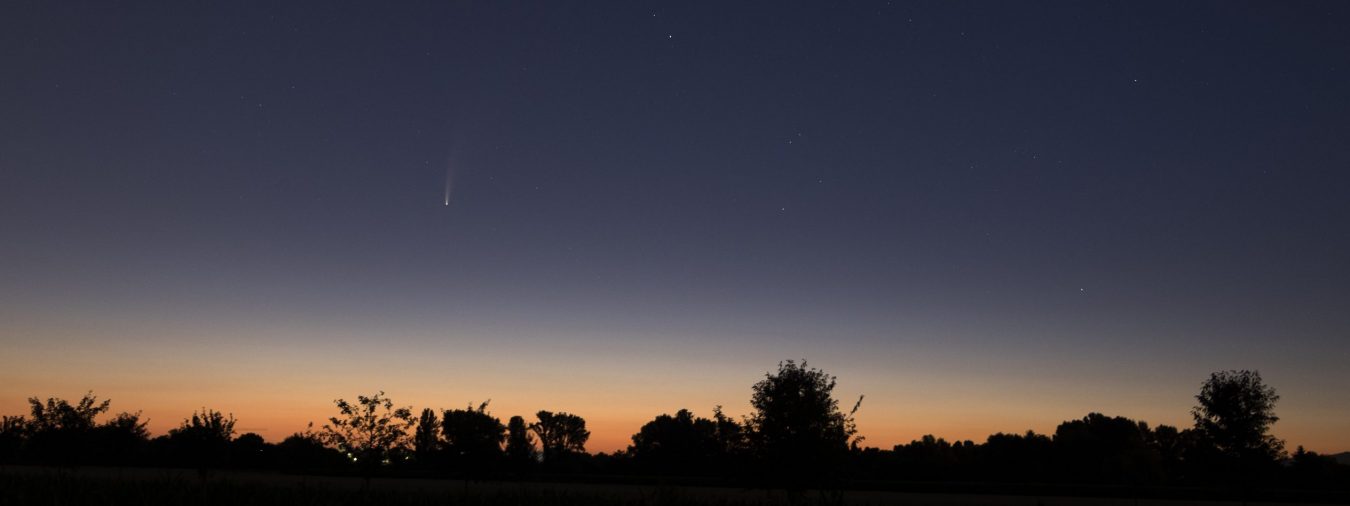Like the famous Orion Nebula, the Lagoon Nebula is a predominantly red gas nebula in our Milky Way. It contains a large number of dark spots, so-called globules. These are star-forming regions of gas and very fine dust in which
Read more
M8 Lagoon Nebula

Magical Colors in Scorpius and Ophiuchus

The constellations of Scorpius and Ophiuchus offer unique color magic in the night sky. The colors come from a mixture of gas and dust. Dust, which is illuminated by starlight and produces blue reflection nebulae. Gaseous clouds that produce reddish
Read moreCoalsack Loop and Southern Cross

For me, they are the most impressive pair in the southern night sky, the Southern Cross and the black Coalsack nebula, which is the darkest object in the Milky Way to the naked eye. But this is only an optical
Read moreStatue of Liberty Nebula – NGC3576

Trapped in a bubble of glowing red hydrogen, the Statue of Liberty nebula stretches out towards the ugly face of a goblin, who seems to adore it in amazement. New stars are forming in the complex nebulae with their dark
Read moreBatman, The Cosmic Bat – LDN43

When it gets dark under the southern sky, it appears among the stars in the night sky, the cosmic bat with its pointed ears and glowing teeth. Seen soberly, it is only a veil of dust illuminated by young stars.
Read moreGEM Cluster – NGC3293

In the center of my image, embedded in clouds of glowing hydrogen and dark dust bands, lies one of the brightest and most beautiful star clusters in the southern sky, the Gem or Gemstone Cluster in the constellation Carina. Similar
Read moreVela Supernova Remnant

Around 11,000 years ago. A massive star explodes as a supernova, ejects its shell and ends up as a neutron star in the constellation Vela. The explosion was so bright that our ancestors could see it in the daytime sky.
Read moreDark Doodat Nebula (Sandquist 149)

This comet-shaped molecular cloud, consisting of regions of dense gas and dust, lies in the constellation Muscat, the Fly. It is accompanied by the globular cluster NGC 4372. The Dark Doodat Nebula is one of the closest star-forming regions to
Read moreGlobular Cluster NGC6397

Embedded in a dense star field, NGC 6397 is one of the closest globular clusters to us. Its stars are only a few lightweeks apart, while the star closest to us is over four light years away. Globular clusters are
Read moreRunning Chicken – IC2944

My photo shows a bright nebula in the constellation Centaurus in the southern starry sky. With its characteristic shape, intertwined filaments, dark orbits and vivid colours, it is reminiscent of a running chicken. It consists mainly of hydrogen gas, which
Read more